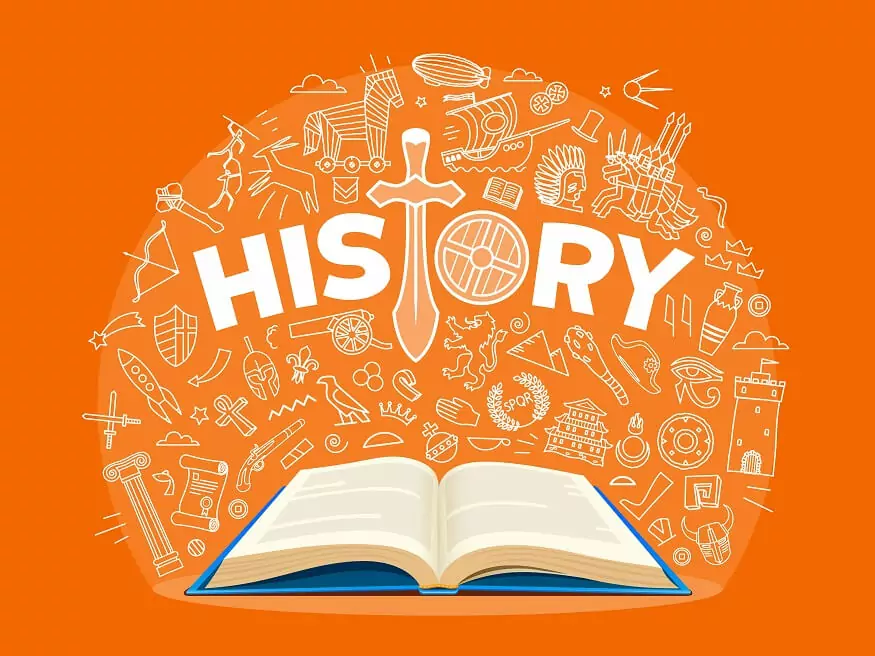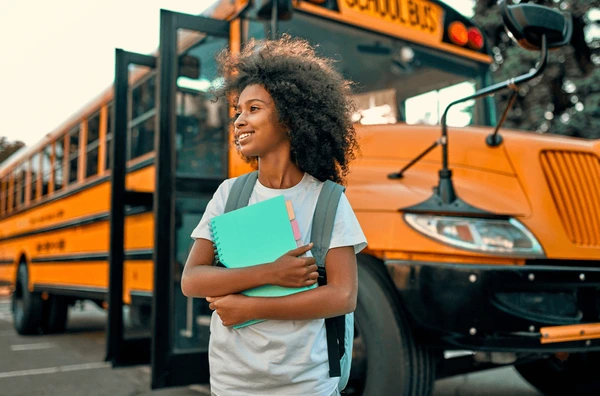History is more than just a collection of dates, names, and events. It is the story of human experience—of triumphs, failures, struggles, and progress. History education plays a crucial role in shaping the way we understand the world today by helping students connect with the past and draw lessons for the present and future. However, for history education to be effective, it must be both relevant and engaging. In an age where digital media and interactive technologies dominate, traditional methods of teaching history may no longer be sufficient to capture students’ attention and spark their curiosity about the past.
In this article, we will explore the importance of making history education both relevant and engaging, discuss innovative teaching methods, and offer strategies to inspire students to appreciate and learn from history.
The Importance of History Education
History is more than just a subject to be studied; it is a powerful tool for understanding the world. Through history education, students can develop critical thinking skills, improve their ability to analyze information, and gain insights into the challenges that societies have faced over time. Here are a few reasons why history education is important:
1. Understanding the Present
The present is shaped by the events of the past. Political systems, social structures, economic policies, and cultural norms all have historical roots. Understanding history helps students make sense of current events and global issues. For example, understanding the history of democracy can provide insight into contemporary political systems and debates.
2. Civic Engagement and Responsibility
History education plays a critical role in fostering civic engagement. By studying the history of civil rights movements, wars, revolutions, and government structures, students learn the value of participation in society, the importance of voting, and their role in shaping the future. Understanding past struggles for justice, equality, and freedom can inspire students to act as informed and responsible citizens.
3. Cultural Awareness and Empathy
Studying history allows students to explore different cultures, perspectives, and experiences. It teaches empathy by helping students understand the struggles and achievements of people from various backgrounds, time periods, and regions. This can help cultivate a more inclusive and compassionate worldview.
Making History Education Relevant
In order to make history education engaging, it must be relevant to the lives of students. When students see the connections between historical events and their own experiences, they are more likely to be motivated to learn. Here are several ways to make history education more relevant:
1. Connect History to Contemporary Issues
One of the best ways to make history relevant is by linking it to current events and social issues. For example, when studying civil rights movements, students can discuss modern-day issues of racial inequality and how the struggles of the past have influenced contemporary debates on race and justice. Similarly, studying the history of environmental movements can spark discussions about climate change and sustainability today.
2. Use Local and Personal History
Incorporating local history or personal stories into lessons helps students see that history is not just something that happened “somewhere else” or “a long time ago.” Local history—whether it’s the history of a town, community, or even a family—can help students feel more connected to the subject matter. Students could interview family members or community leaders to learn about historical events that have shaped their own lives and communities.
3. Highlight Diverse Perspectives
History education should go beyond a Eurocentric or Western-centric view of the past. By exploring histories from various cultures and perspectives—such as Indigenous peoples, women’s movements, immigrant experiences, and colonization—students can gain a broader understanding of how different groups have contributed to shaping the world. This approach makes history more inclusive and shows that history is a multi-faceted story with many voices.
4. Explore the Impact of Technology
The rise of technology has dramatically changed the way people live, work, and interact with one another. By exploring the history of technological advances, students can better understand how inventions like the printing press, the telephone, the internet, and social media have reshaped society. This connection makes history more tangible and demonstrates the continued influence of the past on modern life knowledge.
Making History Education Engaging
In order to engage students and foster a genuine interest in history, it’s essential to move beyond traditional lecture-based methods and incorporate more interactive, hands-on approaches. Here are several strategies to make history come alive for students:
1. Incorporate Storytelling
History is inherently a series of stories—stories of individuals, societies, struggles, and triumphs. Using storytelling techniques can make history more compelling. Teachers can introduce historical figures as characters with personalities, motivations, and conflicts. By framing historical events in the context of personal stories, students can better connect with the material and remember it more vividly.
2. Use Technology and Digital Media
Incorporating technology into history lessons can make the subject more engaging. Virtual tours of historical sites, interactive timelines, and historical documentaries can bring events to life. Tools like Google Earth and 360-degree videos can allow students to explore ancient civilizations, famous battlefields, or iconic historical landmarks.
3. Gamify History Lessons
Gamification is the use of game elements to enhance learning. Teachers can create history-themed games, quizzes, or simulations that allow students to “experience” historical events. For example, role-playing games where students assume the roles of historical figures or groups involved in key events (such as the signing of the U.S. Constitution) can help them understand the complexities of decision-making and the consequences of actions. Online games or apps, like Classcraft, can encourage students to work together to solve historical challenges and compete for rewards.
4. Incorporate Hands-On Learning
History can be brought to life through hands-on activities. For example, students could re-enact historical events, create a museum exhibit about a specific time period, or conduct primary source research using historical documents. This approach allows students to engage with history in a more tactile, active way, encouraging them to think critically and creatively.
5. Encourage Debate and Discussion
One of the best ways to engage students is by encouraging them to question and debate historical events. Debates about controversial historical events or figures, such as the causes of wars or the ethics of colonization, help students think critically and develop their own opinions.
6. Field Trips and Historical Experiences
When possible, field trips to historical sites, museums, or cultural landmarks can make history tangible. Visiting places where historical events occurred or seeing artifacts in person allows students to connect with the past in a real-world context. Some schools offer historical reenactments, where students can step into the past and experience history firsthand.
Conclusion
Making history education relevant and engaging is essential for fostering a deeper understanding of the past and its impact on the present and future. By connecting history to contemporary issues, using diverse perspectives, and incorporating interactive learning techniques, educators can inspire students to appreciate the significance of history and its ongoing influence.
From animations to layouts, CSS Mayo is your go-to source for innovative CSS tricks and techniques!



